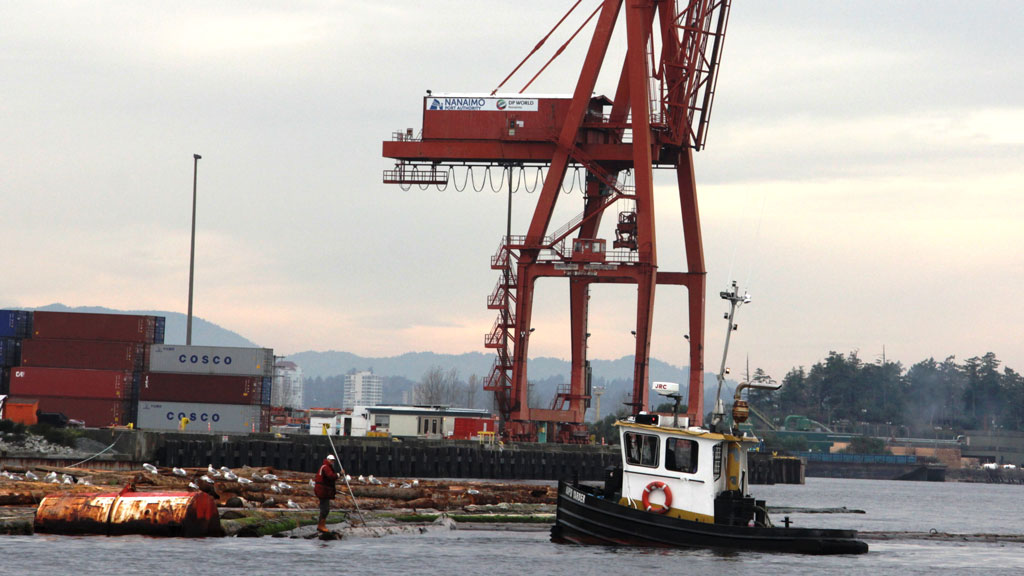VICTORIA — Vancouver Island’s construction sector is showing signs of recovery, data from the Vancouver Island Construction Association (VICA) shows.
According to the group’s most recent building permit report, the total value of building permits issued in the region during the third quarter of 2020 rebounded to $681.6 million, or 40 per cent above the second quarter of 2020.
The data shows the increases are mostly coming from non-residential work which rose 252 per cent to $254.5 million with commercial permits jumping 416 per cent to $210.5 million. Institutional-government permits rose by 66 per cent to $28 million in the quarter, while industrial permits fell 31 per cent.
Residential building permits edged three per cent higher over the second quarter but decreased 13 per cent compared to the third quarter of 2019.
“Interest in communities across the Island has been strong during the last number of years, and despite the coronavirus pandemic, shows signs of continuing,” said Rory Kulmala, CEO of the VICA, in a statement.
Kulmala emphasized the rebound seemed to span all regional districts and was broadly based in most instances. The Comox Valley surged 123 per cent, Strathcona was 52 per cent higher and the Capital Regional District saw a 42 per cent jump.
Residential building was strongest in the Powell River Regional District with a 363 per cent increase, followed by Mount Waddington Regional District with a 216 per cent increase and the Comox Regional Valley with a 123 per cent increase.
“Smaller communities continue to experience a significant amount of residential building as demand for housing increases,” said Kulmala. “We suspect retirees are continuing to come here in search of affordable housing options. As well, as more employees in urban areas shift to working from home, rural towns and villages are becoming more popular because of their lower home prices and increased livability.”
In B.C.’s capital, Victoria, the numbers showed spending on non-residential building construction in the metropolitan area rose in the three months ending in September thanks to recovery from commercial and public permits.
“Building permits are a leading indicator of activity in the construction industry,” said Kulmala. “Construction, both residential and non-residential, continues to weather the pandemic despite continued uncertainty.”
VICA noted much of the future depends on how the COVID-19 pandemic develops in the coming months.
The group stated if the virus’ second wave doesn’t cause more mobility restrictions, the 2021 outlook improves and construction would likely continue to recover in 2020.
VICA noted despite the challenges, it doesn’t expect the pandemic will result in less construction activity on the island compared to last year.











Recent Comments
comments for this post are closed